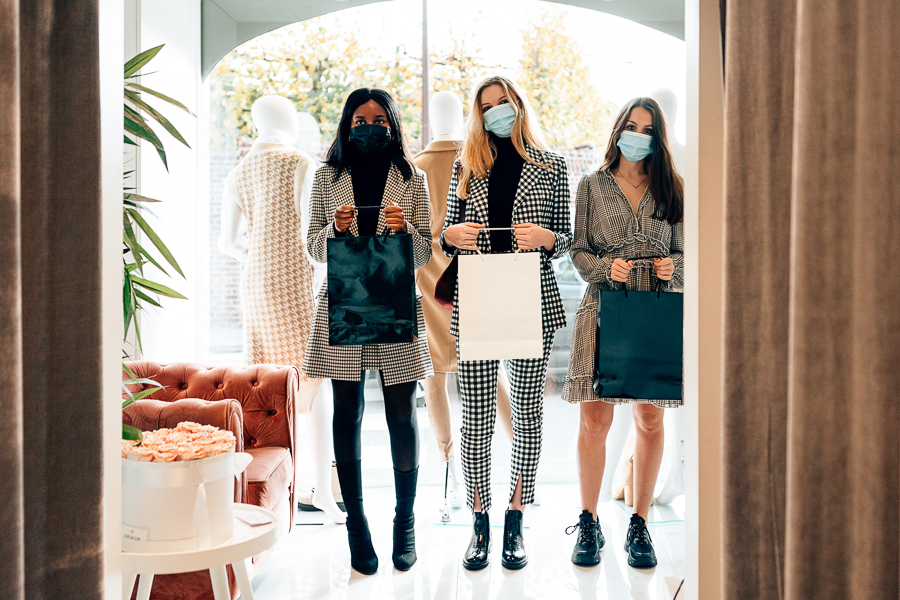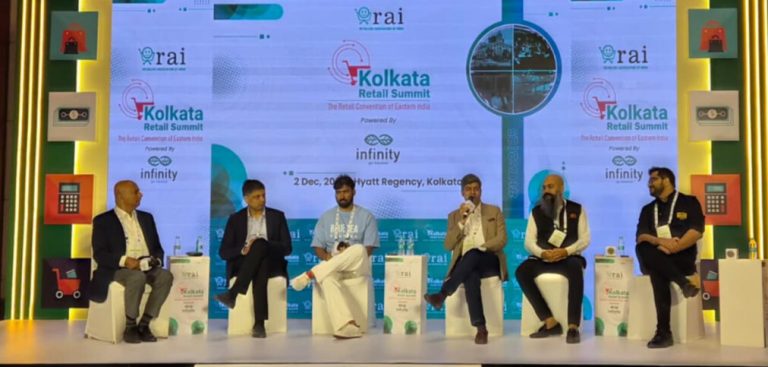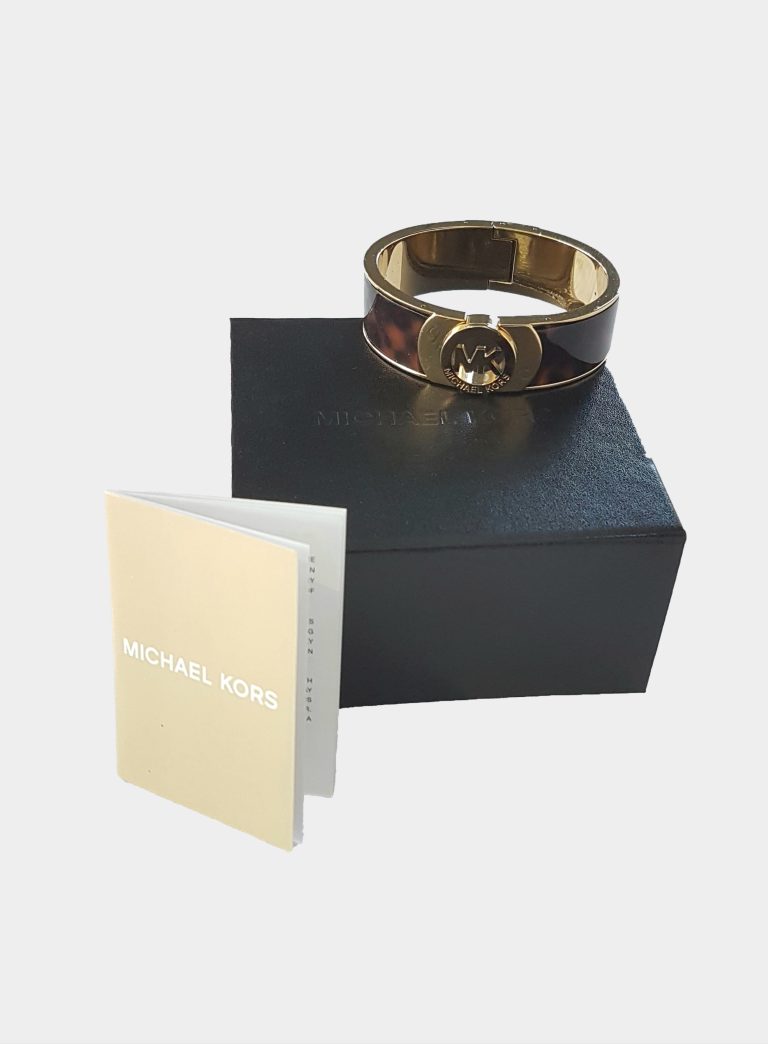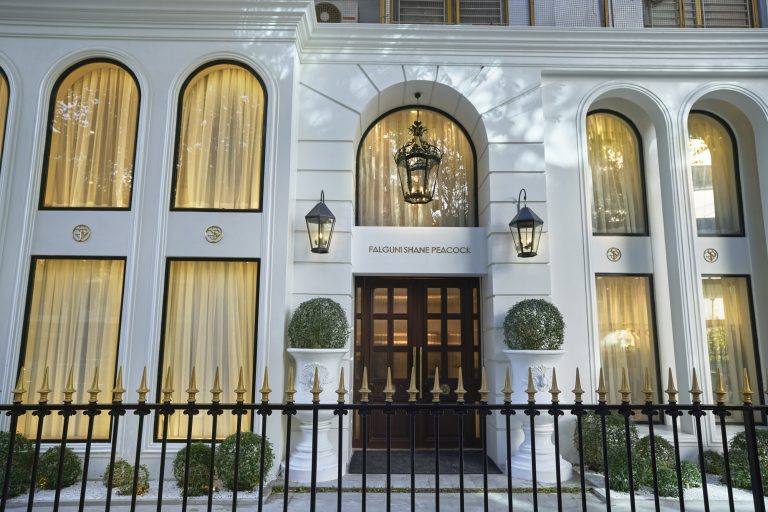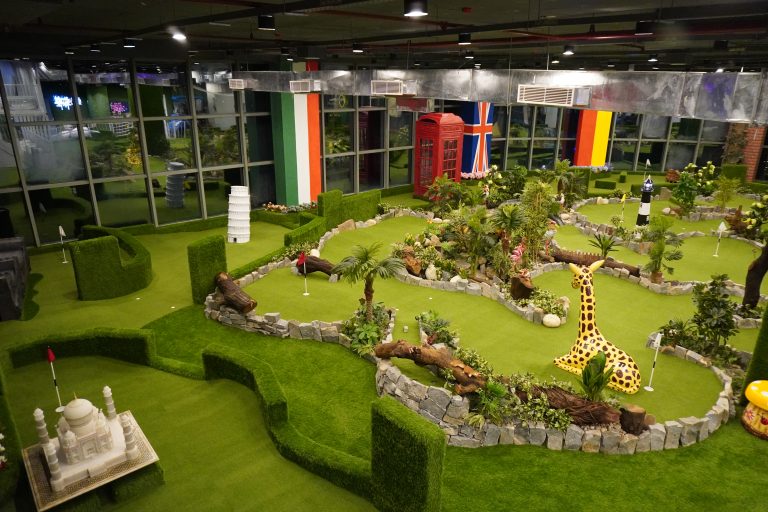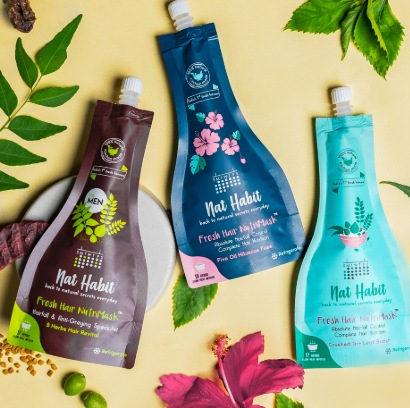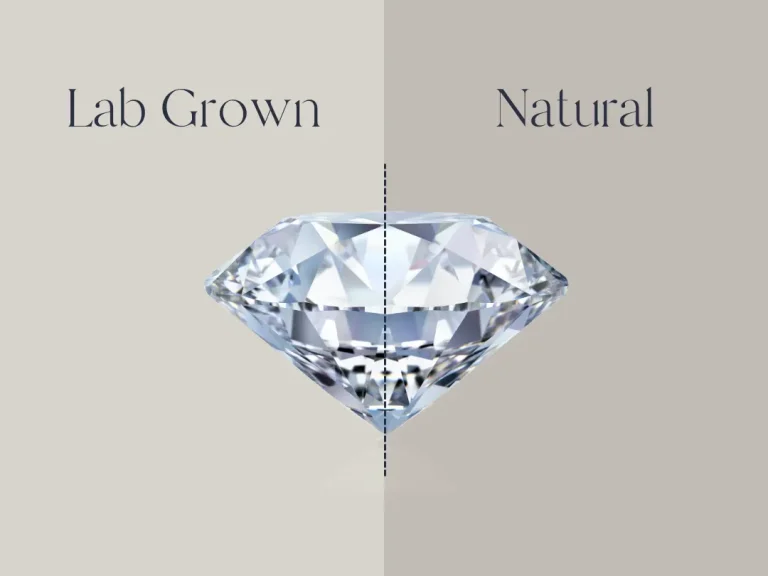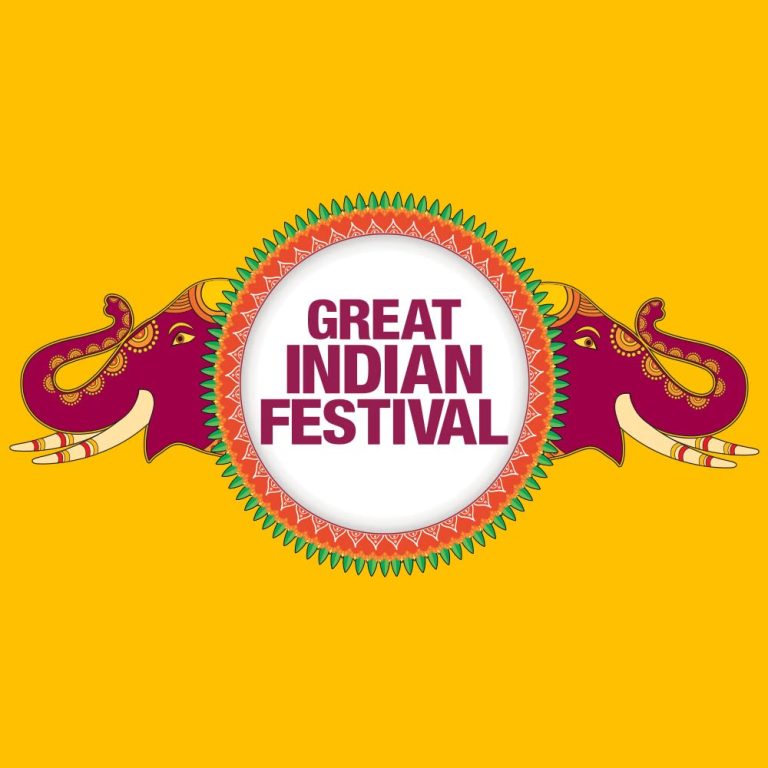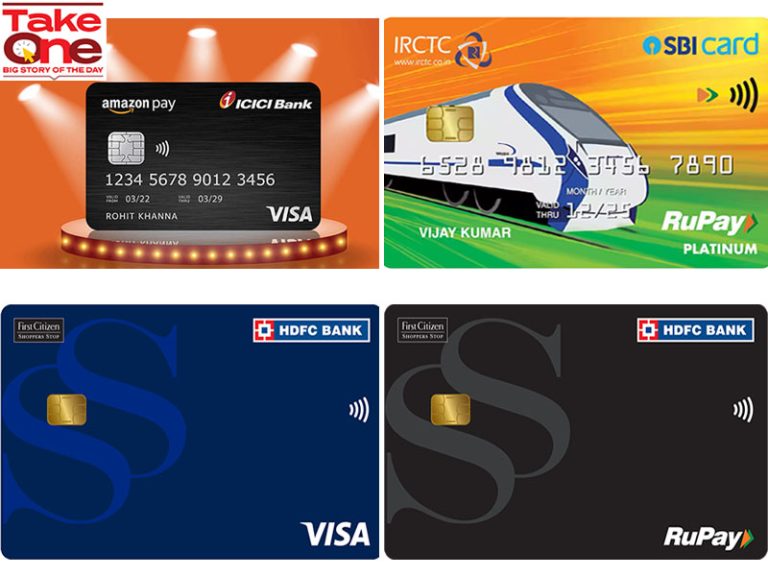By 2026, Millennials and Generation Z are expected to account for 75% of luxury goods buyers. This striking evolution is reshaping the luxury landscape, driven by younger, higher-spending, more demanding consumers. It also brings new trends to the forefront, such as the resale and rental of luxury goods.
“The younger cohorts have been one of the big drivers of the (luxury) industry in the last five years,” says Achim Berg, a senior partner at McKinsey and global leader of its apparel, fashion, and luxury group.
According to an estimate by Bain & Company, Gen Y (or millennials, those born between 1981 and 1996) and Gen Z will together make up 70% of the global luxury market by 2025.
The rise of resale and rental
Millennials and Generation Z are also driving another emerging trend in the luxury market: the resale and rental of luxury goods. In 2022, a third of consumers surveyed had bought second-hand luxury goods, an increase of 7 points on 2020, and 22% opted to rent luxury goods, an increase of 4 points in two years. Both trends are particularly strong among younger consumers, with 35% of Millennials and Generation Z having purchased second-hand luxury goods and 26% having rented luxury goods over the past year.
Discerning consumers in search of personalized experiences
Despite their growing appetite for luxury goods, younger shoppers can be picky when it comes to the customer experience. Although luxury brands have made considerable efforts to improve the in-store shopping experience, less than 50% of consumers surveyed said they were truly satisfied with their experience, and 11% even said they were underwhelmed. According to the report, few luxury brands have succeeded in recreating online the emotional factors experienced during an in-store purchase.
Luxury Meets Streetwear
In the luxe-hungry Gen Z land, there is trouble, too. As Gen Z has barely joined the workforce, its disposable income is limited. Singla, for instance, still depends on his family to make most of his luxury purchases. There is also the question of relevance of old brands.
The industry is trying to solve these problems. Companies are introducing more products at entry-level price points, collaborating with fast-fashion brands for exclusive collection and getting into newer product categories like sneakers and streetwear.
Sustainability Storm
Marketing to Gen Zers is tricky as they are quite environmentally conscious, forcing brands to take concrete steps on sustainability. Many have stopped using fur and exotic animal skins, started recycling, revamped supply chains and declared clear carbonneutral goals apart from harping on the fact that luxury by definition is high quality and durable, which means longer life cycles.
“One key part of the sustainability mantra {is}: reduce, reuse, recycle. More than 90% of the gold used by Cartier is recycled. The luxury model of high value, high quality and durability can become the proxy for the global economy. Fewer but better and longer,” Cartier CEO Cyrille Vigneron wrote in a LinkedIn post last year.
Influence of Influencers
While luxury brands strive for Gen Z’s attention, they are wary of alienating the older customer base. The solution: targeted marketing using influencers.
Manish Malhotra says social media has revolutionised marketing and promotion. “Influencer marketing is a new concept to me. Earlier, movie stars and films dictated trends. Now it’s influencers. They might not be the only way to connect with younger generations, but they are one of the most influential, if I may say so.”
Hidesign, which has a luxury collection called Atelier Hidesign, says while 53% of its customer base is in the 25-35 age bracket, a significant 21% is Gen Z. “Although it comes to 16% of value, as they buy more wallets, within each category such as wallets, belts or bags, they don’t buy a product that is very cheap,” says Hidesign founder Dilip Kapur.
According to Akash Sheth, CEO of luxury event agency Magnanimous, the biggest change in the luxury landscape over the last five years is collaboration. “Five years ago, the luxury mantra was ‘we are for a chosen few’. It was all about being inaccessible beyond a certain point. In the last five years, things have drastically changed. I think it all started with collaborations. Whether it’s Louis Vuitton collaborating with Nike, or Gucci with The North Face, or Sabyasachi with H&M, the collaborative landscape has created an ecosystem where everything is a lot more inclusive,” says Sheth.
These new demands are prompting luxury brands to rethink their approach to attracting and retaining young consumers. Catching the customer young has never been this urgent for luxury brands.
